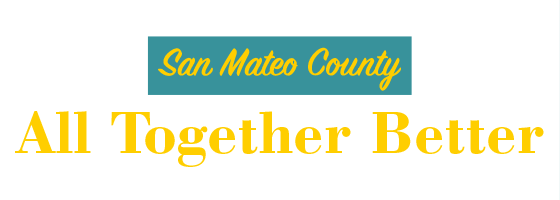Promising Practices
The Promising Practices database informs professionals and community members about documented approaches to improving community health and quality of life.
The ultimate goal is to support the systematic adoption, implementation, and evaluation of successful programs, practices, and policy changes. The database provides carefully reviewed, documented, and ranked practices that range from good ideas to evidence-based practices.
Learn more about the ranking methodology.
Filed under Good Idea, Environmental Health / Toxins & Contaminants
Goal: The goal of this program is to maintain and restore water quality in the face of threats and impairments caused by nonpoint source pollution.
Filed under Evidence-Based Practice, Health / Alcohol & Drug Use, Teens
Goal: The goal of this program is to help teens quit smoking.
Impact: One study showed that the percentage of students who reportedly quit smoking 15 months after the intervention was higher for participants. Another study showed that a greater percentage of participants reported smoking cessation 5 months after the intervention than non-participants.
Filed under Good Idea, Health / Physical Activity, Families
Goal: To increase dietary variety, decrease the intake of saturated fat and increase the intake of vegetables during the main meal among families with financial problems.
Filed under Effective Practice, Economy / Housing & Homes, Racial/Ethnic Minorities
Goal: Walking Shield's mission is to improve the quality of life and create positive futures for American Indians who live on our nation's reservations by managing and coordinating programs that provide shelter, healthcare, food and clothing, educational assistance, community development assistance, and humanitarian support.
Filed under Evidence-Based Practice, Economy / Poverty, Families, Urban
Goal: The goal of this program was to help poor families build up their “human capital” and avoid long-term poverty.
Filed under Evidence-Based Practice, Economy / Poverty, Adults, Urban
Goal: The goal of this program was to increase the workforce efforts of low-income adults living in subsidized housing.
Filed under Good Idea, Economy / Investment & Personal Finance, Children, Teens
Goal: The Jim Casey Youth Opportunities Initiative is a national foundation whose mission is to help youth in foster care make successful transitions to adulthood.
Filed under Evidence-Based Practice, Health / Prevention & Safety, Urban
Goal: The goal of the Options/Opciones Project is to reduce or eliminate risky sexual and drug use behaviors of HIV-infected patients.
Impact: The Options/Opciones Project shows that a clinician-delivered HIV prevention intervention targeting HIV-infected patients can result in reductions in unprotected sex and that interventions of this kind should be integrated into routine HIV clinical care.
Filed under Evidence-Based Practice, Health / Physical Activity, Teens, Families
Goal: The goal of PACE+ for adolescents is to: decrease total dietary fat consumption; increase fruits & vegetable consumption; increase participation in moderate and vigorous physical activity; decrease sedentary habits among adolescents aged 11-15.
Filed under Evidence-Based Practice, Education / Childcare & Early Childhood Education, Children, Families
Goal: To prepare children of disadvantaged families for academic success and to strengthen families through intensive home visiting.
Impact: When families are engaged in facilitated discussion, the participating families tend to talk more, read more, and have more positive interactions with their children. They engage in more educational activities at home and in their communities.

